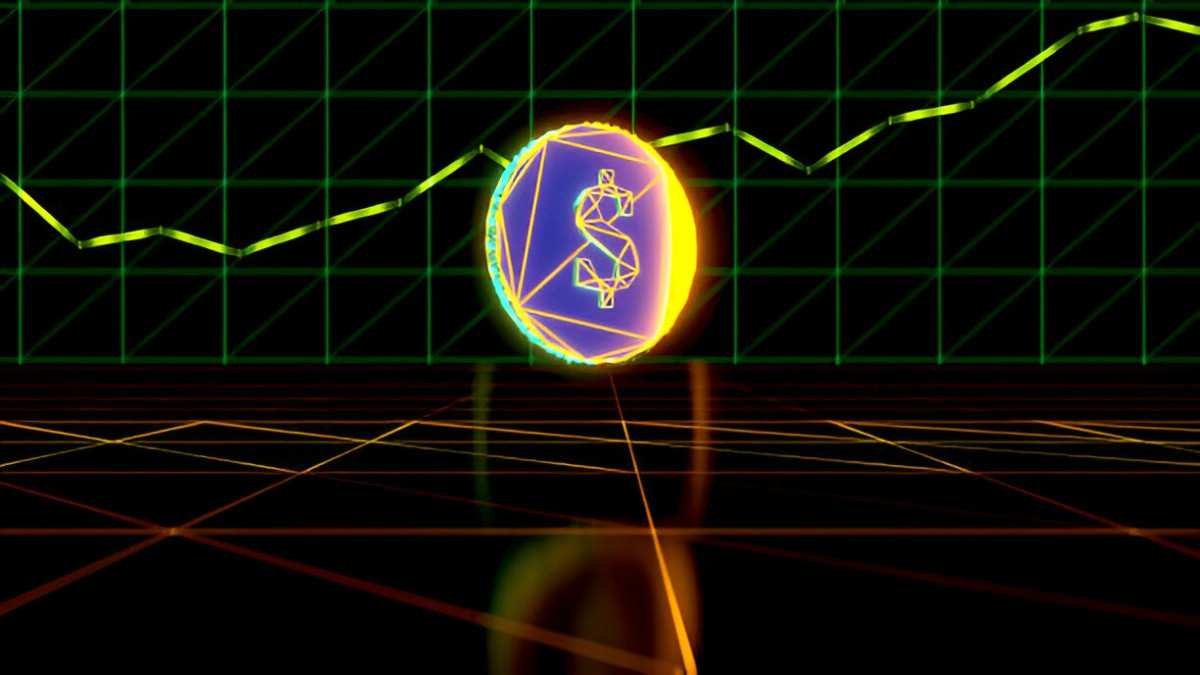The world of cryptocurrency is vast, evolving, and often confusing to newcomers and seasoned investors alike. Among the many projects that have emerged, AntShares stands out for its unique origins, its transformation into what we now know as NEO, and its potential impact on blockchain ecosystems. In this article, I’ll take you through the journey of AntShares, its features, use cases, and how it compares with other cryptocurrencies. We’ll explore its potential as an investment, and I’ll use examples and calculations to clarify concepts wherever possible.
Table of Contents
What Is AntShares?
AntShares was created in 2014 as China’s first open-source blockchain platform. Developed by Da Hongfei and Erik Zhang, it aimed to digitize assets using blockchain technology. It was designed to allow users to register, trade, and settle assets in a decentralized manner, providing a secure and transparent ecosystem for digital asset management.
In 2017, AntShares rebranded as NEO, marking a shift in focus toward creating a “smart economy” with integrated digital identities, smart contracts, and decentralized applications (dApps). While AntShares no longer exists under its original name, understanding its foundation is key to appreciating its transformation and current relevance.
The Key Features of AntShares
1. Smart Contracts
AntShares pioneered the use of smart contracts, self-executing contracts with predefined rules coded into them. This feature eliminates intermediaries in transactions, reducing costs and enhancing trust.
2. Digital Identity
The platform introduced the concept of digital identity to verify and link real-world identities to the blockchain. This adds an extra layer of security and regulatory compliance.
3. Dual Token System
AntShares used a two-token system: the NEO token (formerly ANS) and GAS. NEO represents ownership and is used for governance, while GAS is generated to power transactions and operations on the network.
AntShares vs. NEO: Key Differences
| Aspect | AntShares | NEO |
|---|---|---|
| Name and Branding | AntShares | NEO |
| Year of Launch | 2014 | 2017 (rebranding) |
| Focus | Digital assets | Smart economy |
| Consensus Mechanism | Proof-of-Stake (PoS) | Delegated Byzantine Fault Tolerance (dBFT) |
| Token | ANS | NEO |
Why the Rebranding?
The rebranding to NEO was not just a cosmetic change but a strategic pivot. NEO broadened its vision to integrate a full suite of blockchain solutions, including decentralized finance (DeFi) and dApps. The new identity aimed to attract global investors and developers.
Investment Potential: Pros and Cons
Pros
- Pioneering Status Being the first blockchain platform from China gives NEO historical and cultural significance.
- Smart Economy Vision NEO’s focus on integrating digital identities, assets, and contracts aligns with global trends in blockchain applications.
- Efficient Consensus Mechanism dBFT offers fast transaction processing with lower energy consumption compared to Bitcoin’s Proof-of-Work (PoW).
Cons
- Regulatory Uncertainty Operating in China comes with the risk of stringent regulations, which could impact adoption.
- Market Competition Ethereum and other platforms offering smart contracts pose significant competition.
- Volatility Like most cryptocurrencies, NEO’s price can be highly volatile.
Real-World Example: Calculating Returns
Let’s consider an example. Suppose you bought 10 NEO (formerly ANS) tokens in 2016 when the price was $0.20 per token. By late 2017, NEO reached $160 per token.
Investment Calculation:
- Initial investment: 10 tokens × $0.20 = $2
- Value in 2017: 10 tokens × $160 = $1,600
- Profit: $1,600 – $2 = $1,598
- \text{ROI} = \left( \frac{\text{Profit}}{\text{Initial Investment}} \right) \times 100
- \frac{1,598}{2} \times 100 = 79,900\%
Such astronomical returns highlight the potential of early investments but also underscore the risks associated with speculative assets.
AntShares and Ethereum: A Comparison
| Feature | AntShares (NEO) | Ethereum |
|---|---|---|
| Consensus Mechanism | dBFT | Proof-of-Stake (ETH 2.0) |
| Transaction Speed | 1,000 TPS | ~30 TPS |
| Smart Contract Language | Multiple (C#, Java, Python) | Solidity |
| Governance | On-chain voting | Mixed (off-chain and on-chain proposals) |
Future Prospects
The evolution from AntShares to NEO reflects a forward-looking approach to blockchain development. With increasing global adoption of blockchain technology and China’s support for digital innovation, NEO has the potential to play a key role in shaping the future of decentralized economies.
However, success depends on:
- Regulatory Developments: Favorable policies could boost adoption.
- Developer Community Growth: Attracting talent to build dApps on the platform.
- Partnerships: Collaborations with enterprises and governments.
Conclusion
AntShares may no longer exist under its original name, but its legacy lives on in NEO. Its journey from a localized blockchain platform to a global player with a smart economy vision is a testament to the adaptability and resilience of blockchain technology. As with any investment, understanding the history, features, and risks is crucial before diving in.
By keeping an eye on regulatory changes, market trends, and technological advancements, you can make informed decisions about investing in cryptocurrencies like NEO. Whether you view it as a revolutionary asset or a speculative gamble, the story of AntShares is a fascinating chapter in the world of digital currencies.





